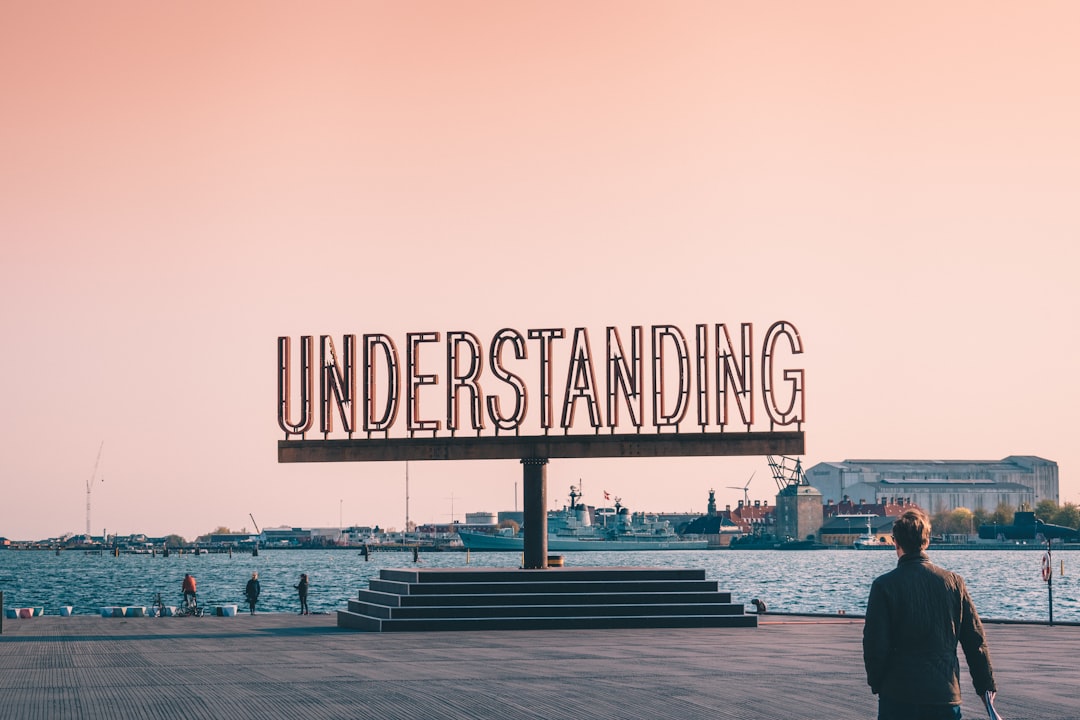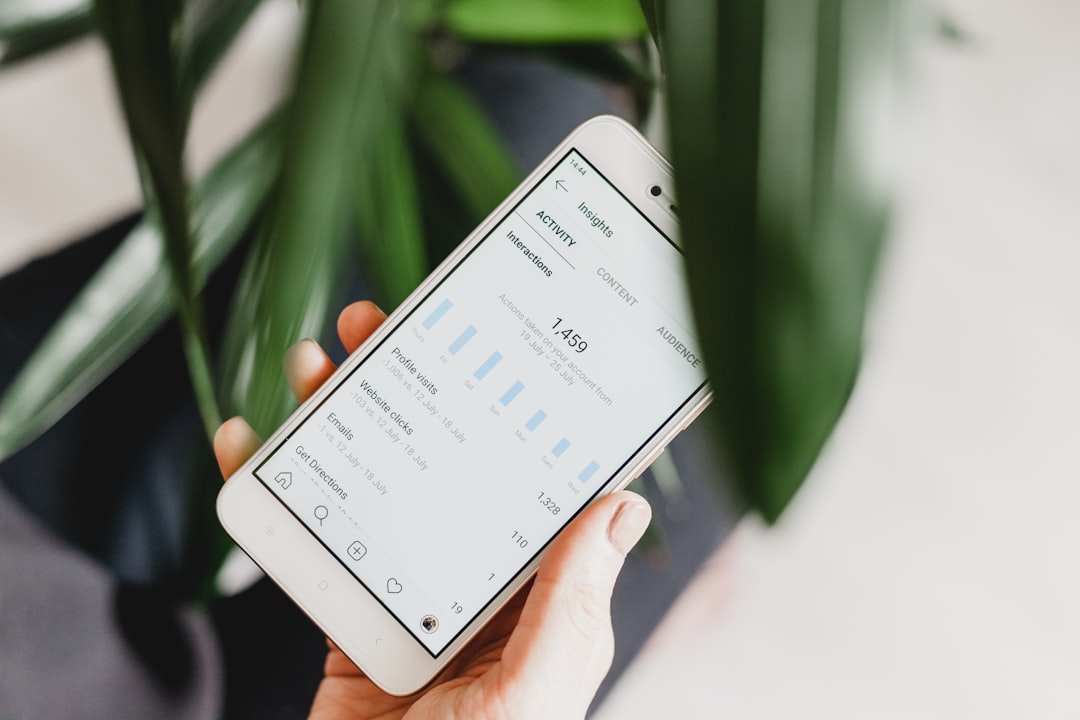
A Comprehensive Beginner’s Guide to Economic Policy.
# Introduction. Understanding economic policy is essential for grasping how countries manage their economic systems and respond to challenges such as inflation, unemployment, and growth. Economic policy refers to the actions that governments take in the realm of economics to influence their nations' economies. In this guide, we will explore the key components of economic policy, the types of policies implemented, and the implications they have for businesses, consumers, and the overall economy. # What is Economic Policy?. Economic policy encompasses a variety of strategies that governments utilize to manage economic fluctuations and achieve their economic goals. These can range from fiscal policy, which involves government spending and taxation decisions, to monetary policy, which focuses on controlling the money supply and interest rates. By understanding the basic principles of economic policy, beginners can better appreciate its implications and effects on everyday life. ## Types of Economic Policy. 1. **Fiscal Policy.** Fiscal policy is primarily concerned with government spending and taxation. Essentially, it refers to how a government uses its expenditure and revenue-collection powers to influence the economy. For example, during a recession, a government may increase spending on infrastructure projects to create jobs, thereby stimulating economic growth. Conversely, it may cut spending or increase taxes during times of economic boom to cool down inflationary pressures. 2. **Monetary Policy.** Monetary policy involves managing the money supply and interest rates, significantly impacting inflation and economic activity. Central banks implement monetary policy by setting interest rates and controlling bank reserves. For example, in attempts to curb inflation, a central bank may raise interest rates, thereby making borrowing more expensive, which can reduce spending and investment. Conversely, lowering interest rates can spur borrowing and spending, potentially stimulating economic growth. 3. **Trade Policy.** Trade policy involves regulations and agreements that govern international trade. This includes tariffs, which are taxes on imports, and quotas, which limit the quantity of goods that can be imported. Governments may impose tariffs to protect domestic industries and jobs or reduce trade deficits. On the other hand, they may enter free trade agreements to promote international trade and economic cooperation. # Key Players in Economic Policy Implementation. While economic policy is determined by government officials and institutions, various stakeholders also impact policy effectiveness. - **Government Officials:** Elected officials, including the President and members of Congress, play a significant role in proposing and enacting fiscal policies. Central bank leaders, like those in the Federal Reserve, guide monetary policy decisions. - **Businesses and Corporations:** Businesses respond to economic policies, adapting their strategies based on interest rates, taxation, and trade policies. Their reactions can influence employment rates and innovation. - **Consumers:** Consumer behavior is often impacted by economic policies. For instance, changes in interest rates can affect decisions around borrowing and spending, thereby influencing overall economic health. # How Economic Policy Affects Citizens and Businesses. Economic policy decisions impact everyone, from consumers and households to businesses and large corporations. For individuals, fiscal and monetary policies can influence their purchasing power, job opportunities, and savings. For businesses, the cost of borrowing due to interest rates or the impact of government regulation can affect investment decisions, growth strategies, and profitability. # The Role of Economic Indicators in Evaluating Policy Effectiveness. Economic indicators, such as GDP growth rate, unemployment rate, and inflation rate, help measure the effectiveness of economic policies. By tracking these indicators, analysts can assess whether policy interventions are achieving their desired outcomes. For example, a consistent drop in unemployment may indicate successful fiscal measures, while rising inflation could prompt a central bank to revise its monetary policy approach. # Conclusion. Economic policy is a fundamental aspect of how governments manage their economies and respond to various challenges. By understanding the types of economic policies, the role of key players, and the indicators used to measure success, individuals can gain insights into how these policies affect their everyday lives. Whether one is a business owner, a working professional, or a student, awareness of economic policies is vital for making informed decisions and navigating an increasingly complex economic landscape. .









